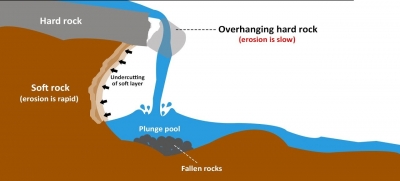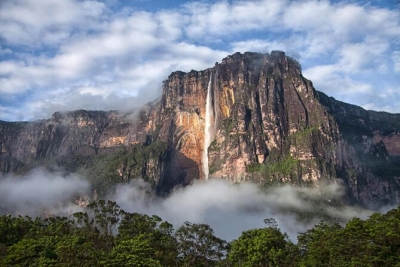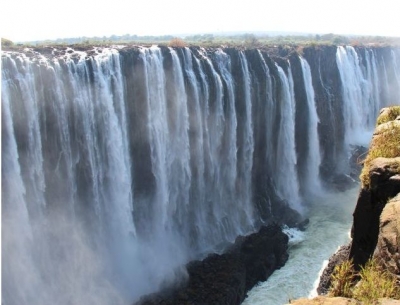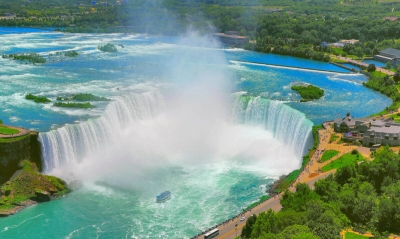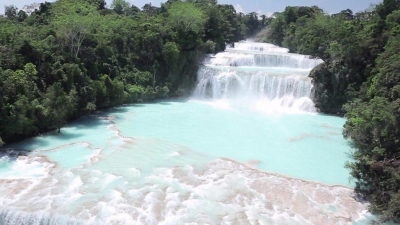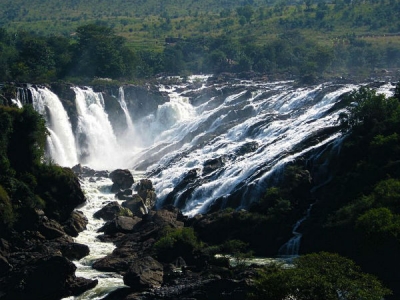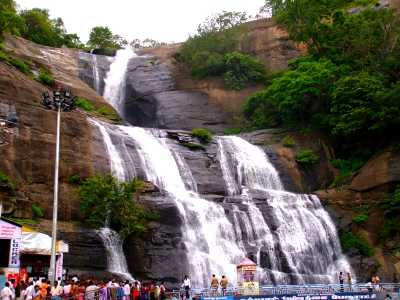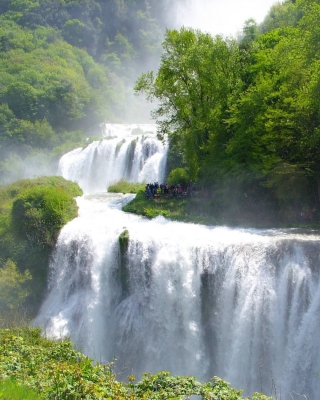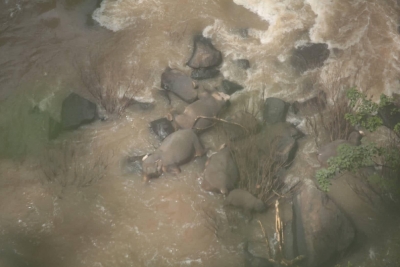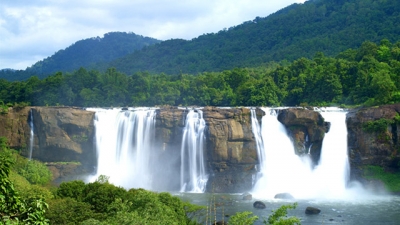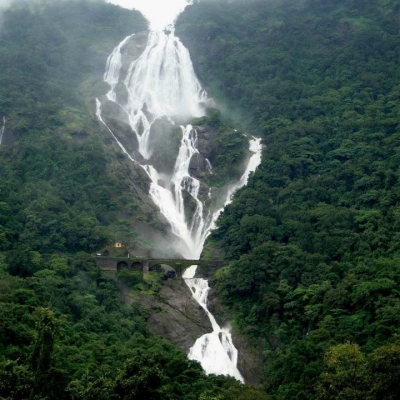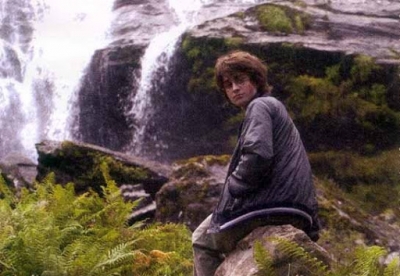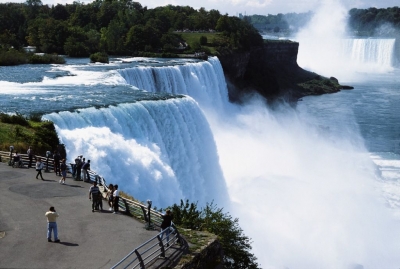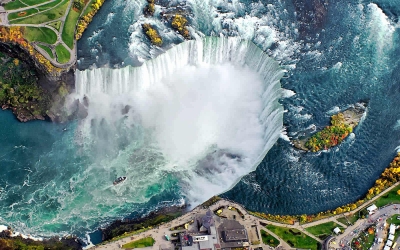Which is the highest waterfall in the world?
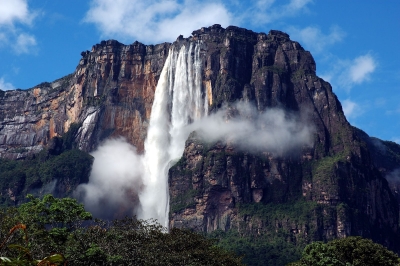
Located in the Guiana Highlands in Bolivar state of southeastern Venezuela, the Angel Falls is the world's highest uninterrupted waterfall. It occurs on the Churun River, which is a tributary of the Caron, located 260 kilometres to the southeast of Ciudad Bolivar. This cataract drops 979 metres and is 150 metres wide at the base.
Angel Falls was not known to the outside world until 16th November, 1933 when Jimmie Angel, an American aviator, flew over them while he was searching for an ore bed, based on the directions given by the Spanish explorer Felix Cardona.
Once he located the falls, he returned on 9th October, 1937 to land his Flamingo monoplane El Rio Caroni on top of Auyantepui, a tabletop mountain. But his plane was damaged when its wheels sank into the marshy ground, leaving Angel and his three companions, including his wife Marie, stranded. They were forced to climb down the tepui, which took them 11 days. The news of this adventure spread across the world and the waterfall was named Angel Falls in his honour.
Since it is located in the Canaima National Park, the dense jungle surrounding it prevents it from being seen from the air. Angel Falls is one of Venezuela's top tourist attractions, and its other name, "Salto del angel" was first published on a Venezuelan government map in December 1939.
Picture Credit : Google
